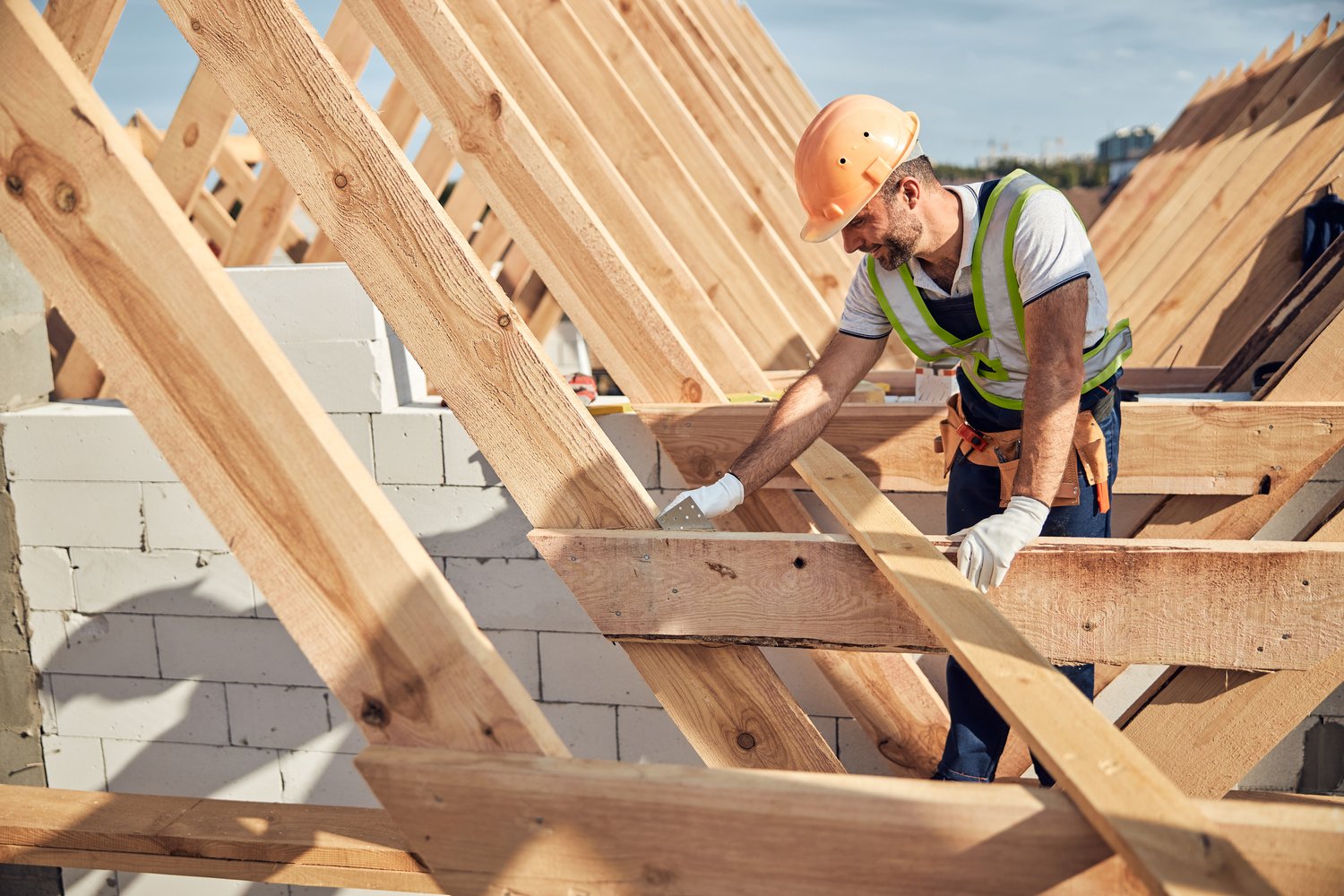Replacing your roof represents one of the most significant home improvement investments you’ll make as a homeowner, with the average roof replacement cost often reaching $10,000 or more depending on your home’s size and the materials selected. However, this essential upgrade doesn’t have to break the bank completely. Various financial incentives, including the energy efficient home improvement credit, local rebates, and potential insurance savings, can help offset this major expense. Understanding these options before you begin your roofing project can transform what seems like an overwhelming cost into a more manageable investment with long-term benefits.
Understanding the Real Cost of Roof Replacement
When budgeting for a new roof, many homeowners focus solely on the initial quote from contractors. The true roof replacement cost encompasses more than just materials and labor. You’ll need to consider factors like removal of existing roofing, potential structural repairs discovered during installation, ventilation improvements, and permit fees. These additional expenses can increase your total investment by 20-30%. Roofing materials vary widely in price, with asphalt shingles typically representing the most affordable option at $3-$5 per square foot installed, while metal, tile, or slate can cost two to four times more. However, more expensive materials often last significantly longer, potentially saving money over the decades-long life of your roof.
Maximizing the Energy Efficient Home Improvement Credit
One of the most valuable ways to save money on roof replacement comes through federal tax incentives. The Energy Efficient Home Improvement Credit (formerly known as the Nonbusiness Energy Property Credit) was expanded under the Inflation Reduction Act of 2022, offering homeowners significant tax benefits for qualifying roof upgrades. This roofing tax credit can provide up to 30% of the cost for ENERGY STAR certified roof products, with a maximum credit of $1,500 for qualifying roof replacements. To qualify, your new roof must meet specific energy efficiency requirements, typically involving reflective materials that minimize heat absorption and reduce cooling costs in your home.
When preparing your taxes, you’ll need to complete IRS Form 5695 to claim this credit. Remember to keep all receipts and manufacturer certifications proving your roofing materials meet the necessary requirements. Experts at AskHomey recommend consulting with both your roofing contractor and tax professional before installation to ensure your chosen materials qualify and that you understand the documentation needed to successfully claim this valuable credit.
Exploring Local Rebates and Incentives
While federal tax credits offer substantial savings, don’t overlook local opportunities to save money on roof replacement. Many states, counties, and municipalities provide additional incentives for energy-efficient or hurricane-resistant roofing systems. These local programs may include direct rebates, property tax exemptions, or low-interest financing options specifically for qualifying roof replacements. Some utility companies also offer incentives for energy-efficient roofing that reduces overall energy consumption, particularly in warmer climates where cooling costs represent a significant expense.
To discover these local opportunities, contact your state energy office, local building department, or utility provider. These localized incentives can sometimes be combined with federal tax credits for even greater savings, potentially reducing your effective roof replacement cost by thousands of dollars.
Insurance Benefits of a New Roof
Perhaps the most overlooked financial benefit of roof replacement comes through potential savings on homeowner’s insurance premiums. Many insurance companies offer a roof insurance discount for homes with newer roofs, particularly those constructed with impact-resistant materials that can withstand hail and severe weather. These discounts typically range from 5-25% of your premium, representing significant savings over the life of your roof.
Impact-resistant roofing materials receive ratings from Class 1 (least resistant) to Class 4 (most resistant). A Class 4 rated roof can earn you the most substantial insurance discounts. Additionally, some insurers offer further reductions for roofs designed to withstand high winds in hurricane-prone regions. When shopping for roofing materials, ask your contractor for documentation about impact and wind resistance ratings, then contact your insurance provider to understand what specific discounts they offer for various roofing systems.
Long-Term Energy Savings
Beyond immediate tax credits and insurance discounts, energy-efficient roofing delivers ongoing financial benefits through reduced utility bills. Reflective roofing materials that qualify for the energy efficient home improvement credit can reduce attic temperatures by up to 30 degrees in summer months. This significant temperature reduction means your cooling system works less, potentially saving hundreds of dollars annually in electricity costs.
Even without reflective materials, proper roof ventilation and insulation installed during roof replacement contribute to improved energy efficiency. When comparing roofing quotes, consider these energy-saving features as part of your return on investment calculation rather than focusing solely on the initial roof replacement cost.
For more tips and to connect with reliable home service professionals, follow AskHomey on Facebook and Instagram.



